At HomeServe we continually monitor major trends facing our energy utility partners and prospective partners. One category, Battery Electric Vehicles (BEV), is showing potential to greatly impact the energy sector.
According to our analysis based on data from the Boston Consulting Group, EnergySage and the Energy Information Administration, by 2030 new BEVs sold will consume over 14,000 GWh of electricity, enough to power the states of Alaska and Delaware. This does not take into account the fleet of BEVs existing prior to 2030. BEVs are poised to be a significant new category that can drive new revenue for electric utilities while providing an opportunity for consumer engagement through education and services to assist with the setup of home EV chargers.
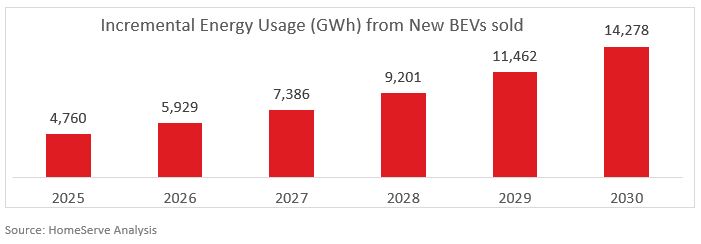
With the considerable potential impact that BEVs will have on the energy landscape, we sought to understand how consumers are approaching one aspect of this market, home Level 2 chargers. For the BEV user, charging methods can be a pain point and are, therefore, an area that can be transformed into a positive consumer experience by the electric utility.
The following are key highlights from a HomeServe survey conducted on June 6, 2020, of over 500 consumers whose primary vehicle is a BEV.
The vast majority of BEV users (88%) charge their BEV at home, and the choice of charging method for most is a Level 2 charger (75%). Residential Level 2 chargers use 240V and are generally 2 to 5 times faster than Level 1 chargers providing a charging speed of 25-37 miles of range per hour.
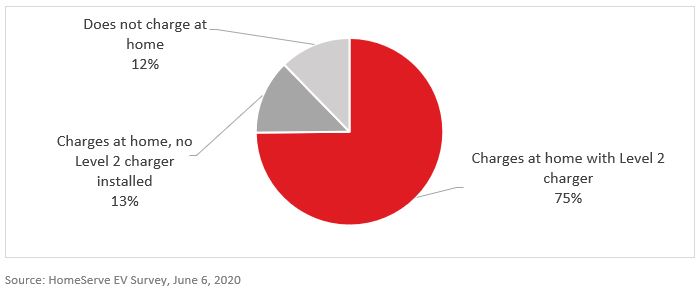
Not so long ago, I purchased my first Battery Electric Vehicle. I recall a daunting process of weighing the pros and cons of each charging option, and then, upon deciding on a Level 2 charger, more confusion about how to go about installing one in my home. The experience was frustrating for me, and so I was curious about how other BEV owners managed through this process and ideally who they would want to help them if they had to do it again.
It turns out that 29% of survey respondents expect the utility to assist with home charging set-up and installation. This is on par with the Vehicle OEM, whom I would have expected to be the top contender. Younger respondents (22-29 years of age) show an even stronger preference for utility assistance (38%), whereas older respondents (over 30 years old) show a preference for the Vehicle OEM and the utility as the secondary option.
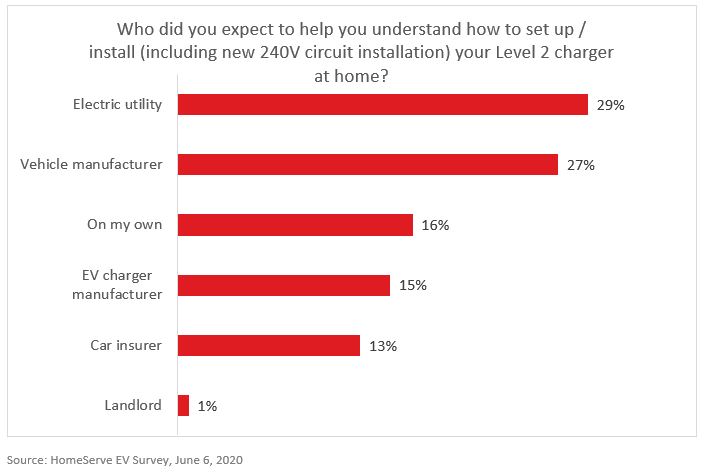
So, utilities not only have a vested interest in BEV adoption, but can play an important role in helping residents with home EV charger installation, which presents an opportunity for enhanced consumer engagement and satisfaction.
Many electric utilities provide rebates and incentives for residents to purchase BEVs and to install Level 2 chargers at home. However, only 54% of BEV owners who responded to our survey were aware of a rebate or incentive from their electric utility. Of those who were aware, 84% took advantage of the program. This illustrates a significant opportunity for utilities to drive higher engagement and adoption of their rebate programs.
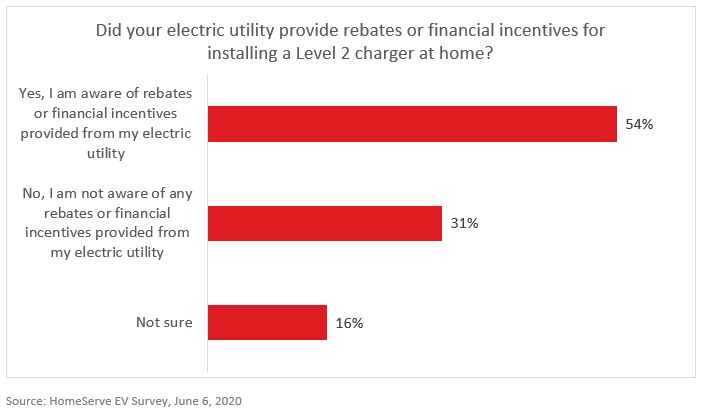
Many utilities also provide special rates, i.e. Time of Use (TOU) rates for BEV consumers. According to our study, 60% of respondents were aware of special rates and 88% took advantage of these programs, suggesting that BEV consumers see value in these programs.
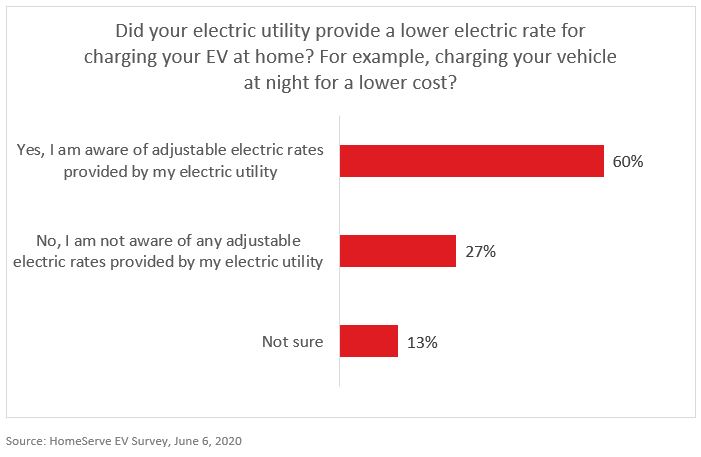
We recognize that many electric utilities are concerned with their consumers’ experience when it comes to their home systems and appliances that connect to the grid. In this regard, a home EV charger is another appliance that will provide an important service to BEV owners and a growth opportunity for utilities. In our study we learned that 59% of BEV owners are concerned with their charger breaking or malfunctioning, and this number rises to 66% with younger respondents (22-29 years of age).
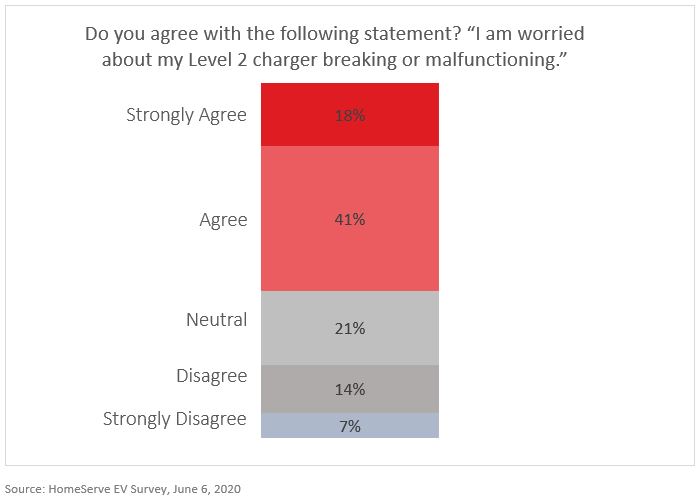
In summary, this study indicates that electric utilities have an untapped and growing opportunity for deeper engagement with consumers who own BEVs. They can play an important role in helping their residents with the setup, installation and maintenance of a residential home charger, drive higher adoption of their existing Battery Electric Vehicle programs (rebates, TOU rates), and expand repair service plan offerings to consumers to include coverage for EV chargers.

